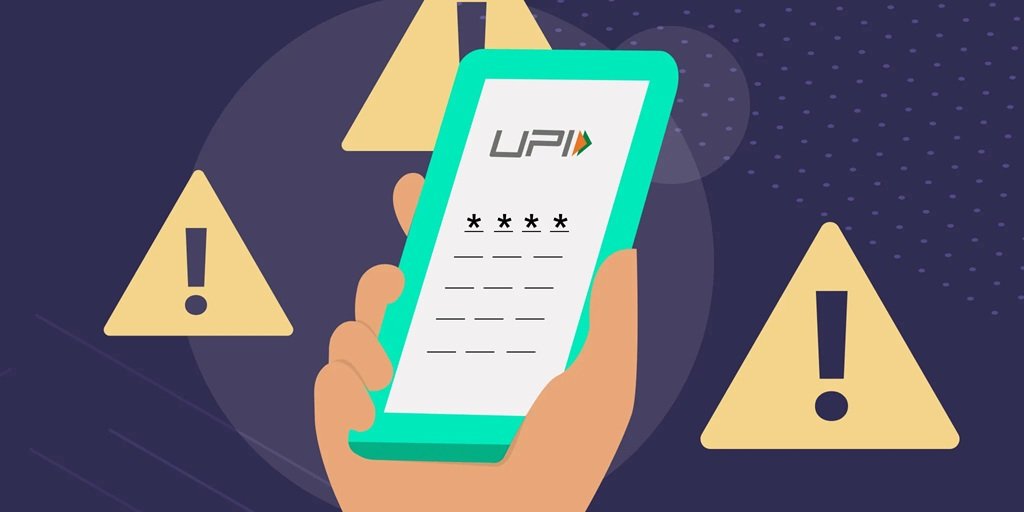UPI has changed the way Indians send and receive money. Its speed, simplicity, and real-time processing have made it the most preferred mode of digital payments. But with this growth comes a darker side — the rising cases of fraud targeting unsuspecting users.
Fraudsters constantly evolve their tactics to exploit loopholes in user awareness, not necessarily in the UPI system itself. Whether you’re making your first UPI app download or have used it for years, it’s important to stay alert. Here are some of the most common fraud techniques and how you can protect yourself against them.
1. Fake UPI Payment Screens
Scammers often create convincing fake payment confirmations that look like legitimate UPI receipts. These are typically used when buying or selling items online. After showing you a fake “payment successful” screen, the fraudster disappears without actually transferring money.
How to stay safe: Never hand over goods or confirm a service before verifying the payment in your bank statement or transaction history within the UPI app.
2. Phishing via Links or QR Codes
Fraudsters may send you a payment link or QR code via SMS, WhatsApp, or email, claiming it’s to receive money — but in reality, it triggers a collect request or authorises a debit from your account.
How to stay safe:
Always remember, receiving money via UPI does not require you to scan a QR code or click on any link. Avoid scanning unfamiliar codes or clicking payment links from unverified sources.
3. Remote Screen-Sharing Apps
Some scammers convince users to install remote access apps under the guise of offering customer support. Once access is granted, they can see your UPI PIN entry, banking details, and OTPs in real-time.
How to stay safe:
No support agent from any bank or platform will ever ask you to install third-party apps or share your screen. If someone does, it’s a red flag.
4. Fake Customer Care Numbers
When users search for help after a failed transaction or issue during UPI app download, fraudsters often create fake customer care numbers listed online. They pose as representatives and ask for your UPI PIN, card details, or OTPs to “resolve” the issue.
How to stay safe:
Always get customer support numbers from official sources like your bank’s website or the NPCI portal. Never share sensitive information, especially PINs and OTPs, with anyone on call.
5. Collect Request Scams
One of the most common frauds involves sending a UPI “collect” request disguised as a refund or reward. Once the user enters their PIN, money gets debited from their account instead of being credited.
How to stay safe:
Reject any unexpected collect request, especially if you’re not buying or paying for anything. UPI payments to receive funds never require PIN entry.
6. Job or Loan Scams Using UPI
Some scammers use fake job listings, loan approvals, or cashback offers that require an upfront UPI payment as a “processing fee” or “verification charge.” Once the payment is made, they disappear.
How to stay safe:
No legitimate employer, bank, or loan agency will ask for money before providing a job or approving a loan. Always research the source before sending any payment.
7. SIM Swap Fraud
In this tactic, scammers obtain a duplicate SIM card of your mobile number and gain access to your UPI-linked account, OTPs, and messages. With the right information, they can register your account on a new device and siphon off funds.
How to stay safe:
Secure your phone with biometric access and avoid sharing sensitive documents casually. If you lose mobile signal for an unusual period, contact your network provider immediately.
Tips to Protect Yourself from UPI Frauds
- Download UPI apps only from official app stores
- Enable app locks and device-level biometric security
- Regularly check bank SMS alerts and transaction history
- Don’t share UPI PIN, OTPs, or bank details with anyone — even if they claim to be bank staff
- Report frauds promptly to your bank and NPCI’s UPI complaint portal
- Use spam filters to block messages from unknown senders
- Avoid keeping high balances in UPI-linked savings accounts
What to Do If You’ve Been Scammed
- Immediately call your bank’s fraud helpline
- Block your UPI ID or temporarily deactivate the UPI feature
- Report the fraud at the cybercrime portal: cybercrime.gov.in
- File a complaint with the NPCI through your UPI app’s help section
Conclusion
While UPI is fast and convenient, its simplicity can also make it a target for fraud — not because of system flaws, but due to user oversight. Staying informed is your best defence. Whether you’ve just completed your UPI app download or have been using it for years, staying cautious, verifying requests, and never sharing your PIN can protect your money and personal information from digital theft.

